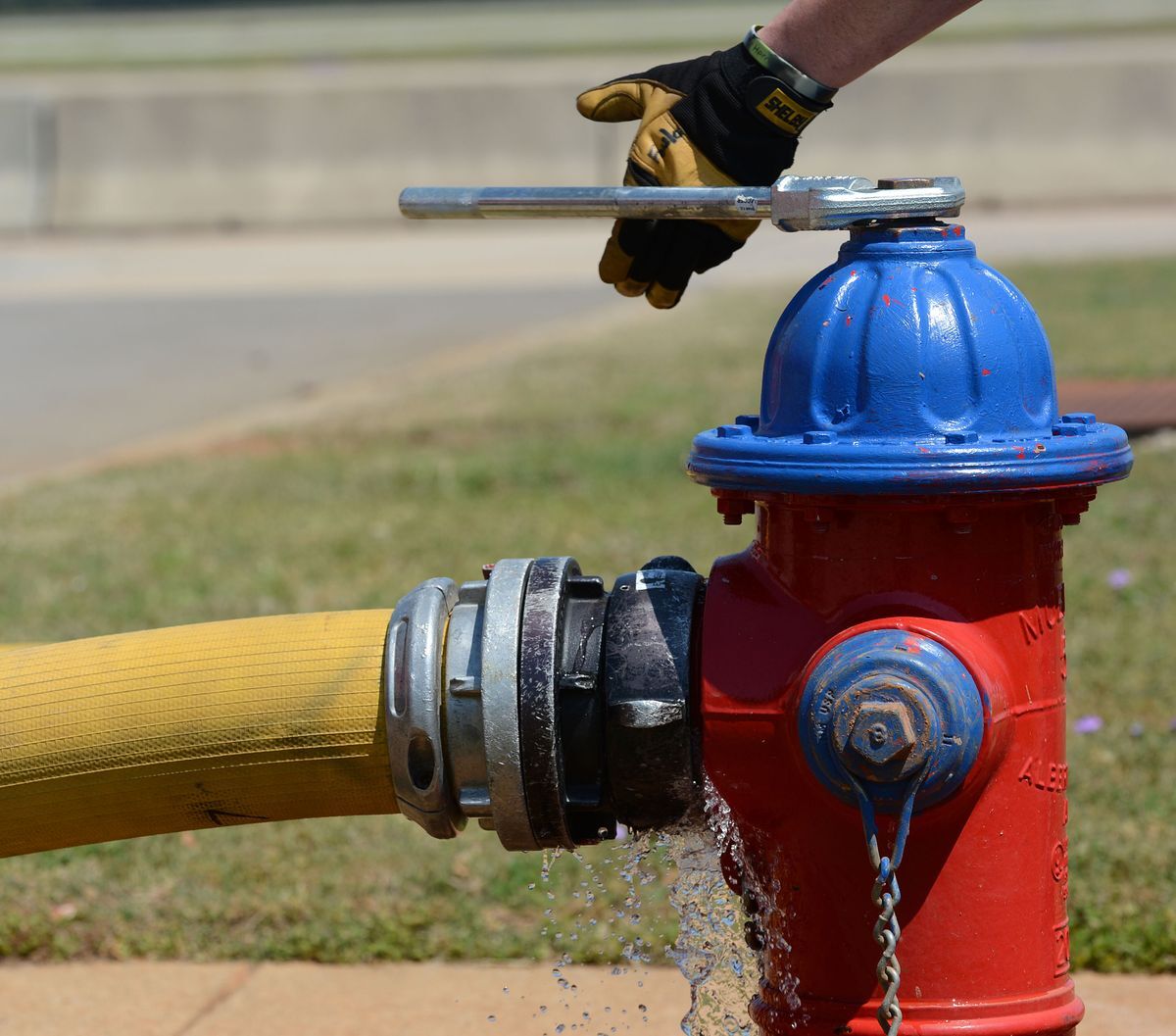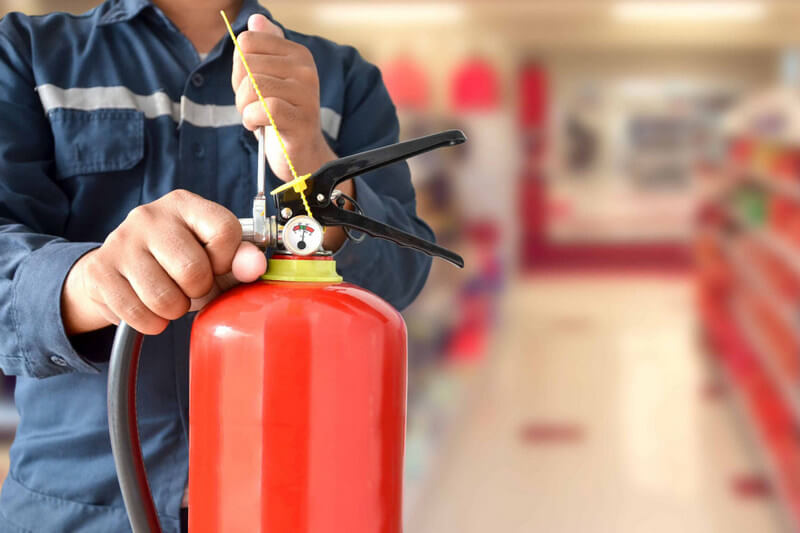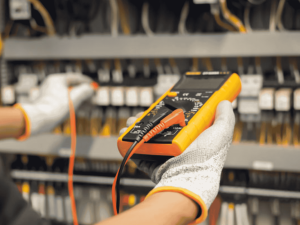Safety forms the foundation of every workplace and protects both people and property. One safety feature that often goes unnoticed until it’s urgently needed is emergency lighting. In the event of a power outage, fire, or emergency evacuation, emergency lighting becomes essential for guiding people to safety.
Incorporating emergency lighting maintenance into your safety procedures is more than a checkbox exercise—it’s an essential component of fire protection in Australia requirements. From warehouses to offices, aged care homes to retail spaces, having a reliable, well-maintained system isn’t optional—it’s lifesaving.
It’s a Legal Requirement in Australia
Workplace safety laws in Australia are clear: emergency and exit lighting must be tested and maintained according to AS 2293 standards. This involves checking functionality, testing how long the lights operate, and evaluating battery performance.
Businesses are legally required to perform a 90-minute discharge test every six months. This ensures the system can stay illuminated long enough during an emergency. A commonly performed exit emergency lighting test in Melbourne helps ensure lighting continues to meet these safety obligations.
Keeping your system well-maintained also means staying compliant. Neglecting it could lead to fines, legal liabilities, or even operational shutdowns after an inspection.
Minimising Risk and Preventing Failures
Just like smoke alarms or fire extinguishers, emergency lights can fail without warning if not properly maintained. Over time, batteries can weaken, light fittings may deteriorate and electrical issues can affect the system’s reliability. Unfortunately, most of these issues go unnoticed until the lights are needed the most.
Routine maintenance reduces the risk of failure when it matters most. Trained professionals can identify weak batteries, test lighting duration, check brightness levels, and ensure signs are clearly visible. This helps avoid people being left in the dark during emergencies
A properly functioning system provides confidence. Staff and visitors can move quickly and safely, and emergency responders can operate more efficiently.
Helping People Evacuate Safely
When a building loses power or fills with smoke, disorientation and panic are natural reactions. Emergency lighting cuts through the darkness—showing people where to go and how to get there safely.
Well-maintained lighting systems illuminate stairwells, corridors, exit routes, and assembly points. Without them, people can become trapped or confused, especially in larger facilities or during night-time evacuations.
A scheduled Exit and emergency lighting test in Melbourne ensures all lights and exit signs are clearly working, visible, and correctly placed. This contributes to a faster and more organised evacuation, reducing the risk of injuries or crowd panic.
Evacuation drills are important—but they’re only effective if the lighting systems work when they’re needed.
Enhancing Workplace Safety Culture
Proactive safety measures reflect your organisation’s values. When you make the effort to test and maintain emergency lighting regularly, it sends a clear message to staff and visitors: their safety matters.
Employees are more likely to feel comfortable and confident in a workplace where safety is prioritised. This boosts morale, reduces turnover, and helps foster a positive work environment.
Maintaining systems also improves your standing during audits and inspections. Whether it’s Work Safe Victoria or your insurance provider, up-to-date records of emergency lighting checks demonstrate responsibility and readiness.
Incorporating emergency lighting into your broader safety culture shows foresight, not just compliance.
Cost Savings in the Long Run
Some businesses put off emergency lighting maintenance because of cost concerns—but ignoring it often leads to greater expenses down the line.
Emergency repairs, failed inspections, legal penalties, and system replacements can all be avoided with regular servicing. Maintenance plans also help identify minor issues before they become costly breakdowns.
Additionally, well-maintained systems operate more efficiently. Energy consumption can be optimised, and newer lighting technology (like LEDs) can reduce long-term operating costs.
Ultimately, investing in a proper maintenance schedule isn’t just smart for safety—it’s a smart financial decision too.
Aligning with Other Fire Safety Systems
Emergency lighting doesn’t work in isolation. It’s part of a larger network of fire protection systems including alarms, sprinklers, and evacuation procedures. When all these systems are in sync, your business is far better prepared for an emergency.
For example, an alarm might trigger evacuation protocols, but if the lights don’t work, people could become lost or injured in the dark. That’s why your emergency lighting needs to be tested just as rigorously as your alarms or extinguishers. Ensuring all your fire safety systems, including lighting, work together is the cornerstone of a complete fire protection plan.
There’s no room for shortcuts when it comes to safety. Regular emergency lighting maintenance ensures that your workplace stays compliant, safe, and prepared for the unexpected.
Why worry when you have the experts to take care of it?
Let Australia Fire Protection handle your emergency lighting testing, servicing, and fire safety needs with professional care and attention to detail.
📞 Call us today at 1300 475 715 to book your next inspection or to discuss a customised maintenance plan.





